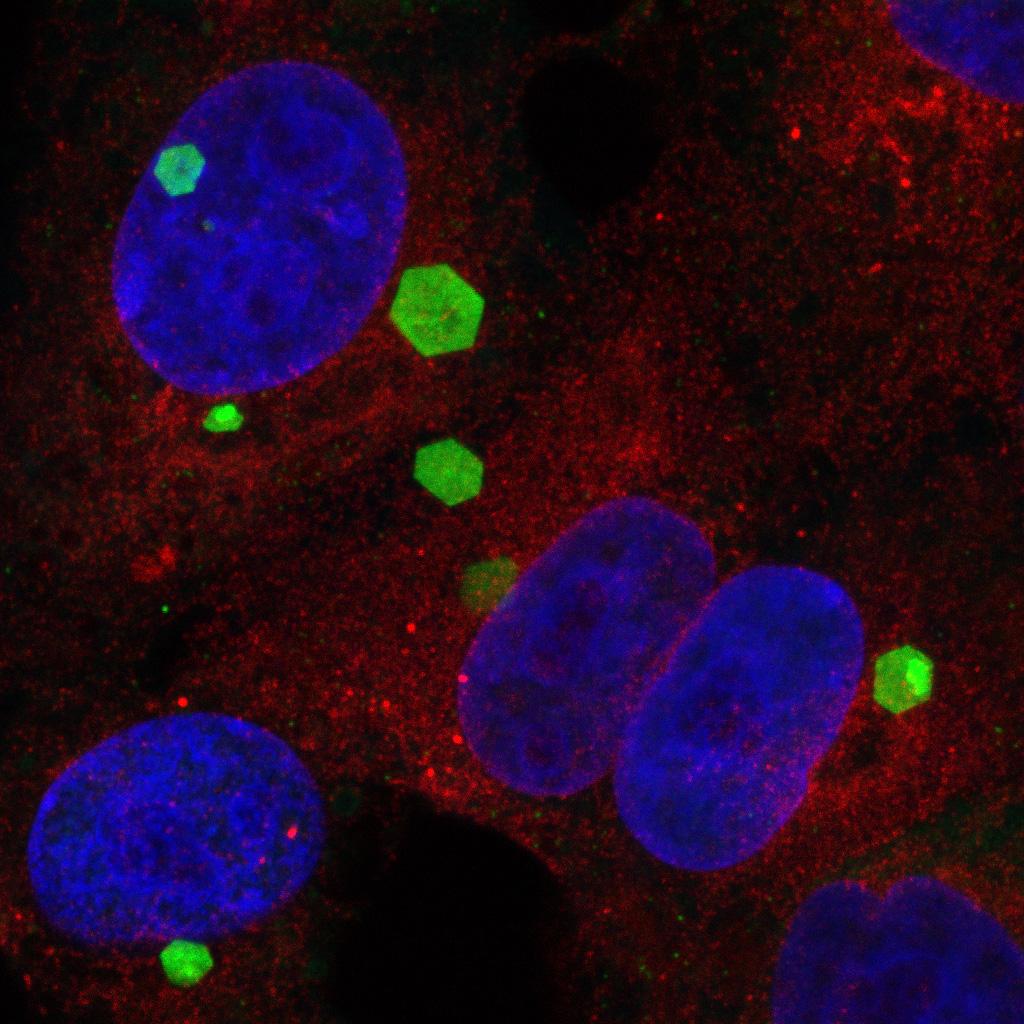A quantitative real-time reverse transcription PCR (qRT-PCR) assay to detect genome segment 9 of all 26 bluetongue virus serotypes
Bluetongue (BT) is an arboviral disease, which can often be fatal in naïve sheep and white tailed deer, but is usually less severe, or unapparent in other ruminants. Twenty-six bluetongue virus (BTV) serotypes have been recognised so far, two of which (BTV-25 and BTV-26) were recently identified by phylogenetic comparisons of genome-segment/outer-capsid protein VP2 (subsequently confirmed by serological virus-neutralisation assays). Rapid, sensitive, reliable and quantitative diagnostic-assays for detection and identification of BTV represent important components of effective surveillance and control strategies. The BTV genome comprises 10 linear segments of dsRNA. We describe a TaqMan fluorescence-probe based quantitative real-time RT-PCR assay, targeting the highly conserved genome-segment-9 (encoding the viral-helicase VP6 and NS4). The assay detected Seg-9 from isolates of all 26 BTV types, as well as from clinical samples derived from BTV-6w and BTV-8w outbreaks (in Europe), BTV-25 from Switzerland, BTV-26 from Kuwait, BTV-1w, BTV-4w and BTV-8w from Spain, BTV-4w, BTV-8, BTV-10 and BTV-16 from Brazil. Assay efficiency was evaluated with RNA derived from the reference strain of BTV-1w [RSArrrr/01] and was 99.6%, detecting down to 4 copies per reaction. Samples from uninfected insect or mammalian cell-cultures, hosts-species (uninfected sheep blood) or vector-insects, all gave negative results. The assay failed to detect RNA from heterologous but related Orbivirus species (including the nine African horse sickness virus [AHSV] and seven epizootic haemorrhagic disease virus [EHDV] serotypes).
Back to publications

